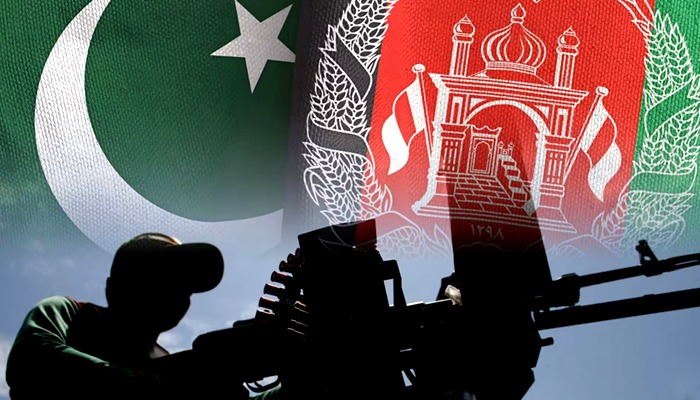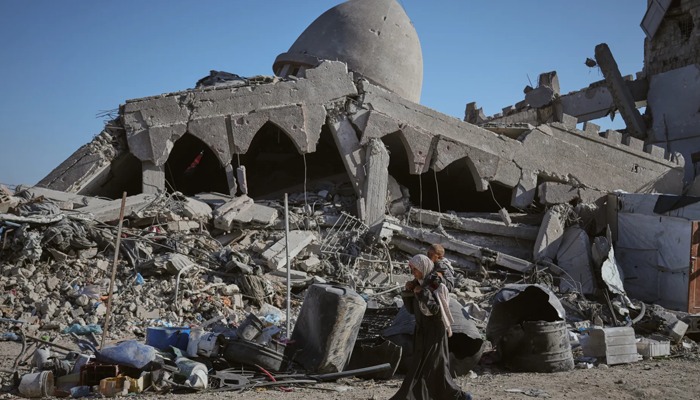Russia was scrambling Monday to avoid a financial meltdown as its economy was slammed by a slew of crippling Western sanctions imposed over the weekend in response to Ukraine’s invasion.
President Vladimir Putin was scheduled to hold crisis talks with his top advisers after the ruble fell to a record low against the US dollar, the Russian central bank increased interest rates to 20%, and the Moscow stock exchange was closed for the day.
The European subsidiary of Russia’s largest bank was on the verge of failure as depositors rushed to withdraw their funds. Economists predict that the Russian economy will contract by 5%.
The ruble lost about 20% of its value to trade at 100 to the dollar at 6 a.m. ET, after falling as much as 40% earlier. According to a statement from the country’s central bank, the start of trading on the Russian stock exchange has been delayed, and then cancelled entirely.
The United States, the European Union, the United Kingdom, and Canada announced on Saturday that they would expel some Russian banks from SWIFT, a global financial messaging service, and “paralyse” Russia’s central bank’s assets.
“The escalation of Western sanctions over the weekend has pushed Russian banks to the brink of collapse,” wrote Liam Peach, an emerging market economist at Capital Economics, in a note on Monday.
Freezing reserves
Putin’s government has spent the last eight years preparing Russia for harsh sanctions by amassing $630 billion in international reserves, including currencies and gold, but at least some of that financial firepower is now frozen, and his “fortress” economy is under unprecedented attack.
A run on the banks
Analysts have warned that the turmoil could spark a run on Russian banks as savers try to secure their deposits and stockpile cash.
“This weekend’s events now mean that no G7 banks will be able to buy Russian rubles, sending the currency into freefall, with the end result being that we could see a huge inflationary shock unfold inside Russia,” Michael Hewson, chief market analyst at CMC Markets UK, wrote in a note.
“A run on Russian banks appears to be underway, as ordinary Russians fear that their credit cards will no longer work,” he added.
The European subsidiary of Sberbank, Russia’s largest lender that has been sanctioned by Western allies, was one of the first casualties. According to the European Central Bank, Sberbank Europe, including its Austrian and Croatian branches, was failing or was on the verge of failing due to “significant deposit outflows” caused by the Ukraine crisis.
“This led to a deterioration of its liquidity position. And there are no available measures with a realistic chance of restoring this position,” the ECB said in a statement.
Sberbank (SBRCY) shares dropped nearly 70% on the London Stock Exchange. Other Russian firms with foreign listings were also hit hard. Gas giant Gazprom (GZPFY) fell 37% in London trading, while internet service provider Yandex (YNDX) was set to open 20% lower in New York.
The Russian central bank intervened in currency markets last week in an attempt to support the ruble. On Friday, it announced that it was increasing the supply of bills to ATMs in order to meet increased demand for cash. According to the Russian state news agency TASS, several banks have seen an increase in withdrawals, particularly of foreign currency, since the invasion of Ukraine.
“These are the conditions in which runs on local banks begin,” wrote Neil Shearing, chief economist at Capital Economics. “The [Russian central bank] has this morning raised interest rates to 20% but other measures (e.g. limits on deposit withdrawals) are possible later today. All of this will accelerate Russia’s economic downturn — a fall in GDP of [about] 5% now looks likely.”



















